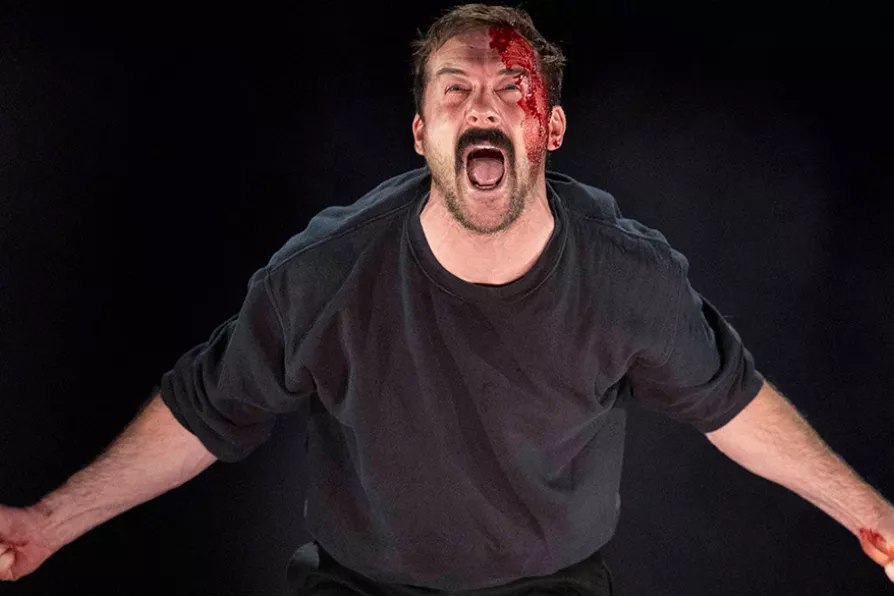A deeply pleasing festive crime wave
Gizza job!
PAUL DONOVAN recommends a skilful adaptation of Alan Bleasdale’s 1980s epic TV drama

 ICONIC: Barry Sloane as Yosser in Boys from the Blackstuff
[Alastair Muir]
ICONIC: Barry Sloane as Yosser in Boys from the Blackstuff
[Alastair Muir]
Boys from the Blackstuff
National Theatre, London
THIS excellent adaptation of Alan Bleasdale’s 1980s epic drama has great resonance for the insecure working environment of today.
The play, about five men struggling to find work in Thatcher’s 1980s Britain, brings out the desperation of the time but not without a little humour.
James Graham’s skilful adaptation compacts what was a five-part serial TV drama into just two-and-a-half hours.
Similar stories

MARY CONWAY applauds the success of Beth Steel’s bitter-sweet state-of-the-nation play

MARY CONWAY revels in the Irish American language and dense melancholy of O’Neill’s last and little-known play

PAUL DONOVAN applauds an adaptation that draws out the contemporary relevance of George Orwell’s satire

MARY CONWAY recommends a beautifully judged performance that shines a light on the experience of all female war babies and boomers










